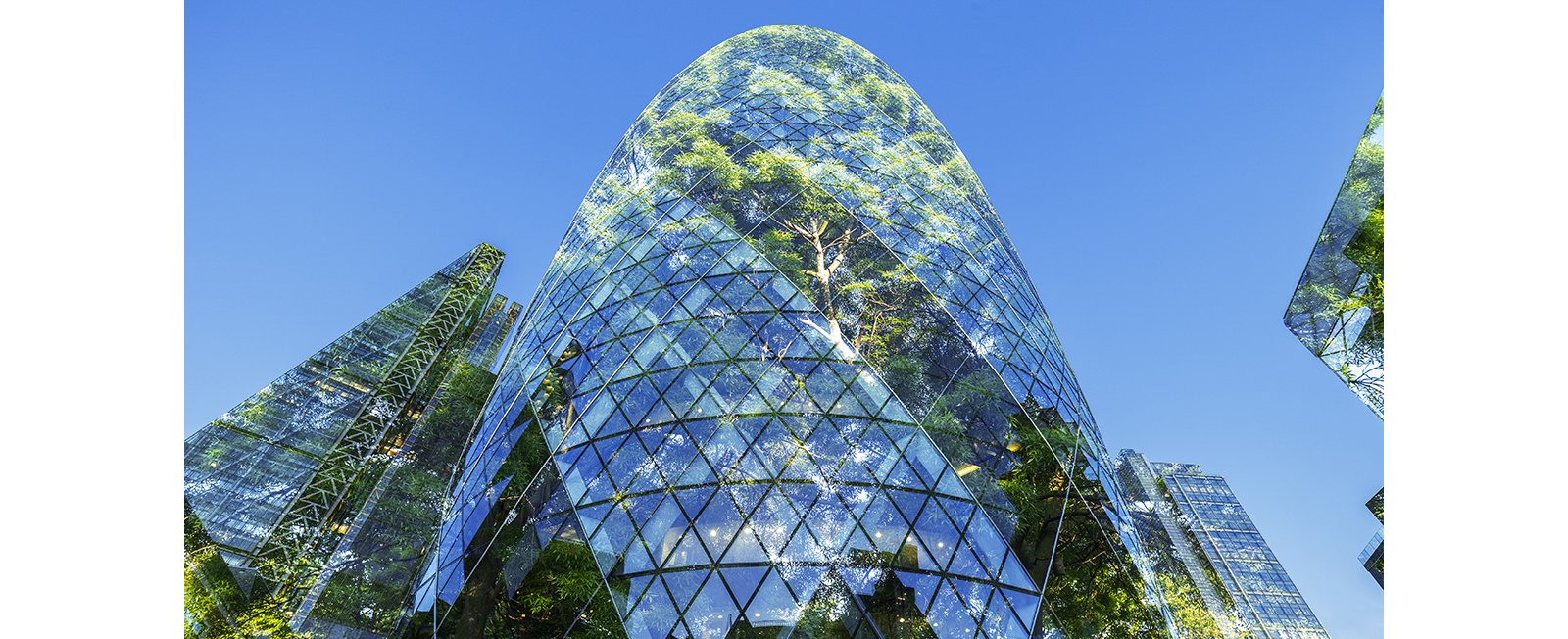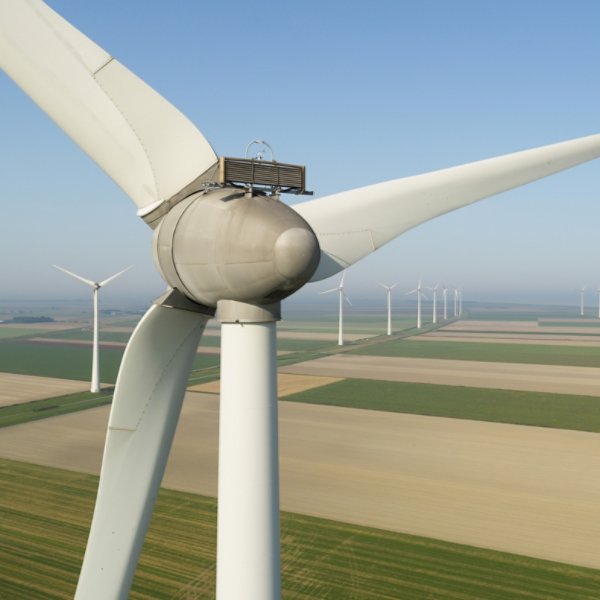
持続可能性の目標を達成するためのESGの実践
By Kyndryl Staff
The past few years have tested our global community. We’ve experienced the pandemic and its economic fallout, environmental disasters, and an ever-increasing sense of geopolitical unrest. Now more than ever, we look to leaders across industries to pave the way towards a more secure and sustainable future.
The progress is encouraging. Companies are doubling down on investments in and commitments to environmental, social, and governance (ESG) goals. Sustainability reporting has become best practice for the vast majority of publicly traded companies in the United States, with 92% of S&P 500 companies publishing an ESG report in 2020 alone1. And this is only a small part of an ongoing, upward trend towards greater accountability and transparency throughout the corporate sphere.
“It’s a strong signal in the marketplace in terms of demonstrating both share value—companies that demonstrate a strong ESG commitment are better positioned for long-term growth—and shared value—many investors, employees, and customers want to know that your company and its leadership are committed to advance broader societal goals, with an emphasis on collaboration and innovation,” explains Utaukwa Allen, Vice President of Corporate Social Responsibility, Citizenship, and ESG at Kyndryl.
Companies that demonstrate a strong ESG commitment are better positioned for long-term growth—and shared value…
More calibration needed
Despite ESG’s prevalence and prominence, however, companies of all sizes are still in the process of calibrating how to make these commitments part of their larger transformation journey. In other words: How to weave ESG into the fabric of their success?
Since ESG began to gain traction, in the mid-2000s, the emphasis has been on strengthening environmental policies and practices within organizations. And for good reason: Last year, energy-related CO2 emissions reached their highest level ever recorded.2 More recently, however, companies have begun to home in on the social aspect of ESG, in order to approach this framework through a more holistic lens.
Companies have the unique opportunity to leverage their brand values not just to reduce waste and reuse existing materials, but also to embrace the principles of a more circular economy to drive economic growth in communities across the globe, says Warrick Cramer, Kyndryl’s global director of innovation strategy. “It is about changing the world,” he says. “And it’s the little steps that we take that make the big difference.”
Hear more on The Progress Report
Utaukwa and Warrick recently sat with Nel Akoth, Chief Transformation Officer at Kyndryl, to talk about how companies can make ESG part of their DNA. Click below to hear their guidance on breaking free from silos, taking an up-stream innovation perspective, and laying a blueprint for meaningful change.
1 2021 Sustainability Reporting in Focus. Governance & Accountability Institute, Inc., 2021.
2 “Take urgent action to combat climate change and its impacts,” Goal 13, United Nations Department of Economic and Social Affairs, 2022


